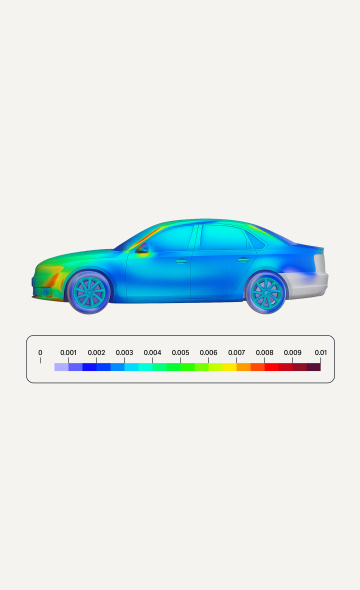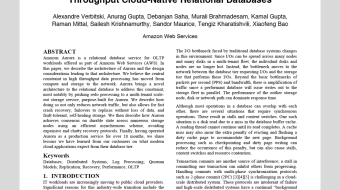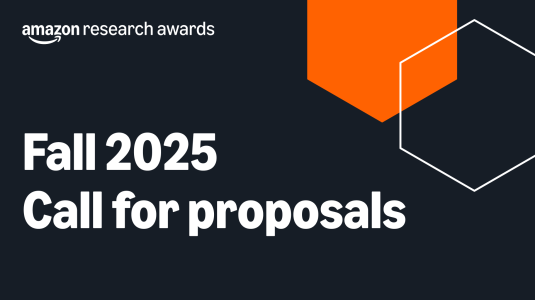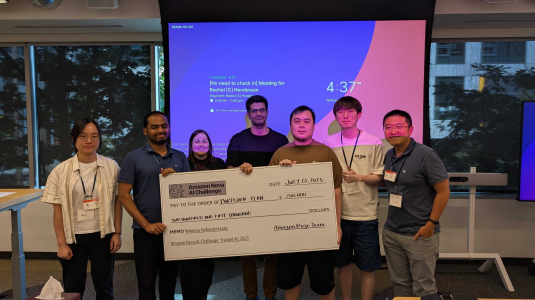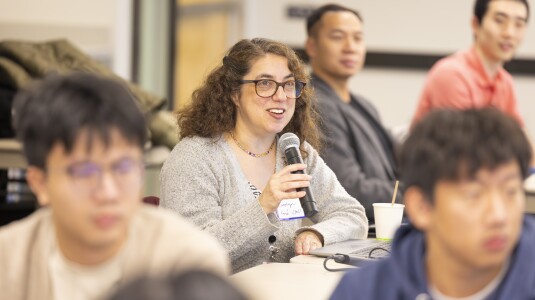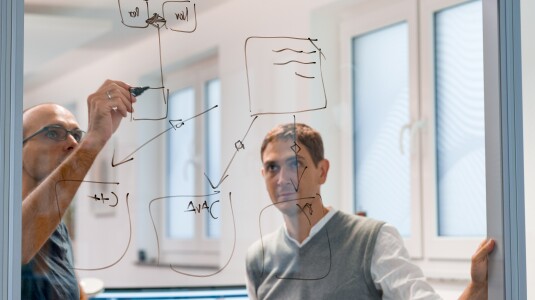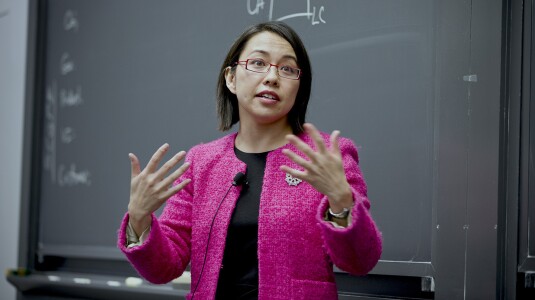Customer-obsessed science

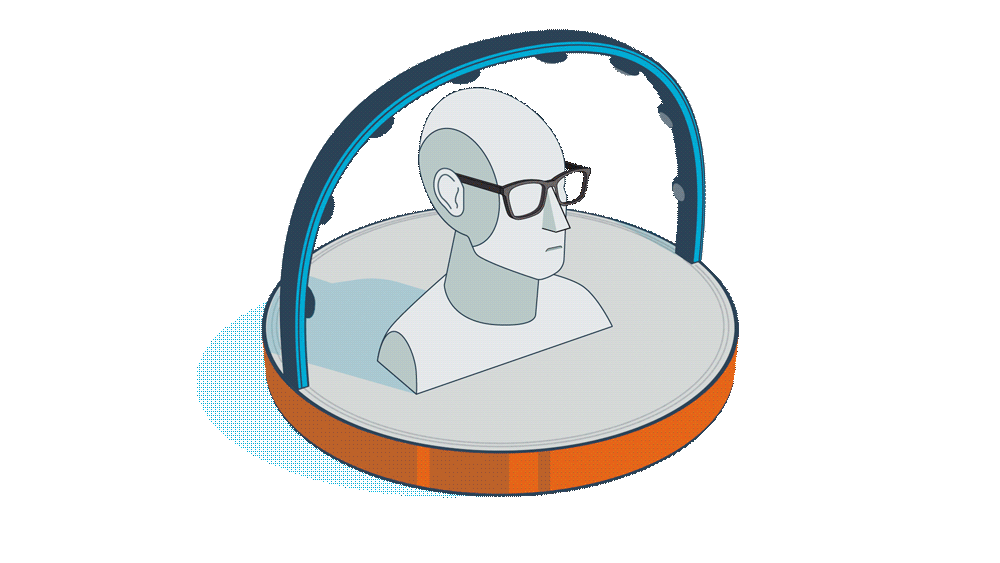
Research areas
-
September 2, 2025Audible's ML algorithms connect users directly to relevant titles, reducing the number of purchase steps for millions of daily users.
-
Featured news
-
Neural networks have lead to improvements in demand forecast accuracy for supply chain and retailers. These neural networks have been designed and trained on data representing their particular use cases. We investigate the zero-shot performance of those deep learning models on retail dataset outside of their original use case. As such, we focus on the hypothesis that this zero-shot performance of deep learning
-
SigDial 2025 DSTC-12 Workshop2025Conversational analytics has been on the forefront of transformation driven by the advances in Speech and Natural Language Processing techniques. Rapid adoption of Large Language Models (LLMs) in the analytics field has taken the problems that can be automated to a new level of complexity and scale. In this paper, we introduce Theme Detection as a critical task in conversational analytics, aimed at automatically
-
IJCAI 2025 Workshop on User-Aligned Assessment of Adaptive AI Systems2025Effectively assessing AI systems, particularly those operating in specialized domains or producing dynamic outputs, requires translating nuanced human expertise into scalable, quantitative measures. Traditional metrics often fall short in capturing qualitative requirements that domain experts intuitively grasp. This paper presents a novel framework that systematically transforms qualitative expert feedback
-
RecSys 20252025Audio streaming services, on both voice assistants and in visual apps, often field requests such as 'play more like Foo Fighters.' The service then returns a sequence of tracks that is both relevant to the request and personalized to the requester. While it is natural to evaluate the policies that produce these sequences in terms of customer engagement, such metrics do not assess their performance on other
-
2025Behavioral therapy notes are important for both legal compliance and patient care. Unlike progress notes in physical health, quality standards for behavioral therapy notes remain underdeveloped. To address this gap, we collaborated with licensed therapists to design a comprehensive rubric for evaluating therapy notes across key dimensions: completeness, conciseness, and faithfulness. Further, we extend
Conferences
Collaborations
View allWhether you're a faculty member or student, there are number of ways you can engage with Amazon.
View all
















